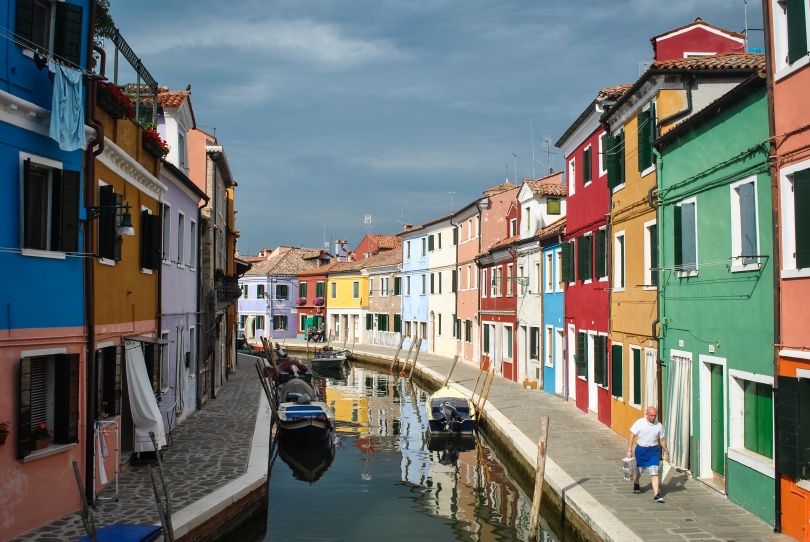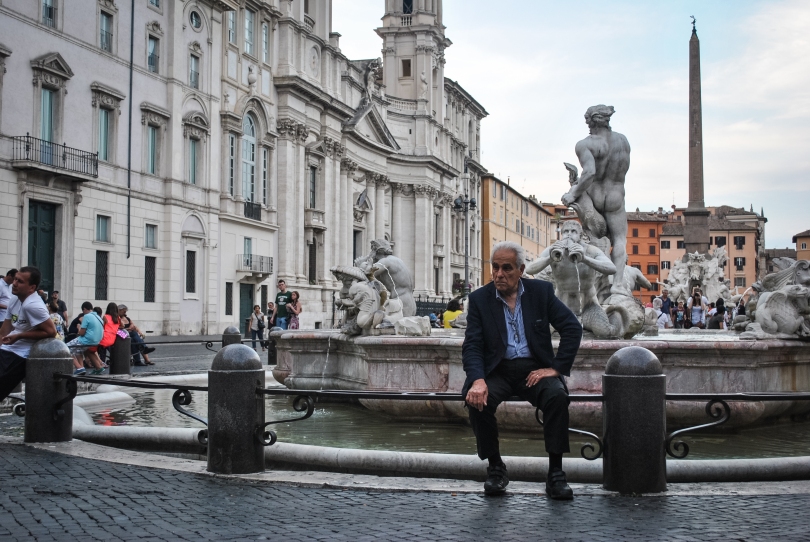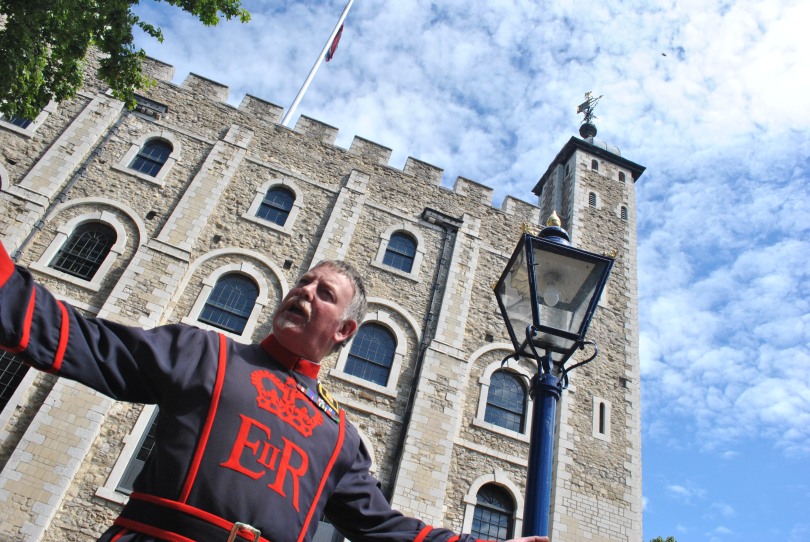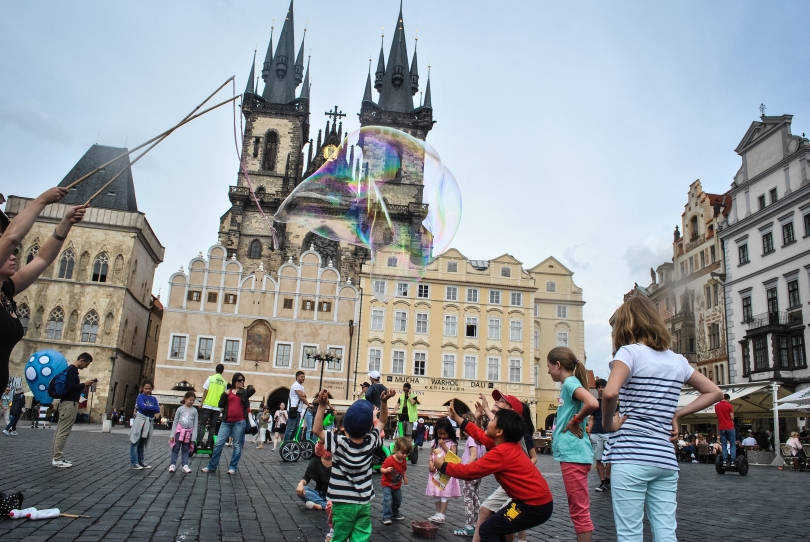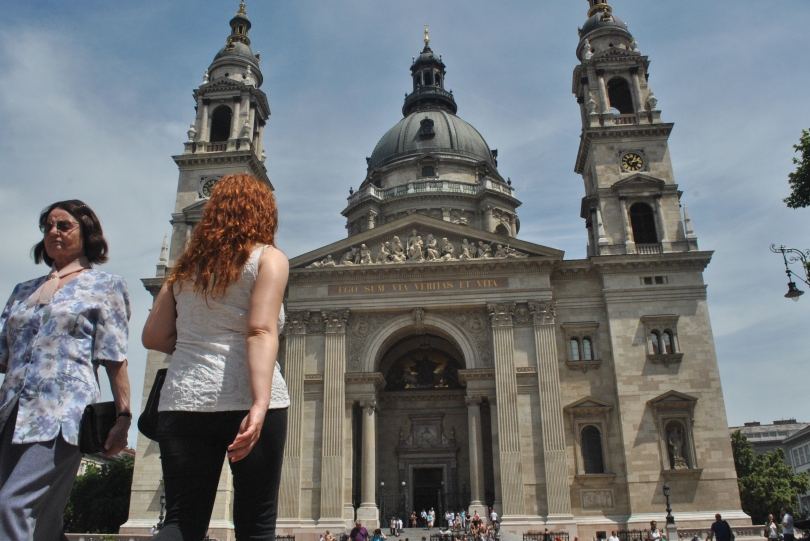LOCATION NOTATIONS
Category Archives: Location Notations
Tower of Terror (London)
LOCATION NOTATIONS
On our trek across South Bank yesterday, my friend and I made it to the Tower of London. We were especially excited to hear about the Tower’s history of torture and murder, since a lot of people we’d read about in our history books, including Queen Anne Boleyn, Queen Catherine Howard and Guy Fawkes, had been executed there.
It was a long hot day, but we pressed on through the heat to wander around the courtyards after a fantastic tour by a Yeoman Warder, one of the watchmen at the Tower. The Yeoman Warders guard the Tower day and night, and because their duties are so intensive and time-consuming, they and their families are required to live at the Tower. The duties include wrangling tourists, filing incident reports when ambitious tourists get a little too rowdy, protecting the Queen when she resides there and tending to the Tower’s well-being. As a guardsman of the oldest and most important fortress in London, it is the highest honor to be a Yeoman Warder, which requires at least 22 years of service in the British military.
On the tour, we passed the site of Queen Anne Boleyn and Queen Catherine Howard’s executions, Guy Fawkes’ prison, Elizabeth I’s exile chambers and the White Tower, pictured behind the Yeoman Warder in the photo above. According to our tour guide from yesterday evening, who guided us on a walk throughout London’s most haunted sites, the White Tower is supposedly the most haunted site in the whole complex, with several ghost sightings from visitors and Yeoman Warders alike.
Three ghosts in particular have been seen several times throughout the Tower’s history; there are even Warders’ reports on sightings. The first two ghosts appear together because they were brothers in life. They are reportedly the “lost princes,” the only two sons of Edward IV at the time of his death, who were too young to take the throne after their father’s passing in 1483. They were placed under the protection of their uncle, Richard III, who lived at the Tower and would act as king until the elder son came of age. It is widely believed Richard III killed his nephews to keep the throne because one day, both boys simply disappeared from the Tower. Now, they appear every few years on the spiral staircase in the east tower of the White Tower, ghostly figures, huddled and crying. The strange thing is, when builders were repairing steps on that spiral staircase in 1674, they uncovered a black box with two small skeletons in it. Assumed to be the bones of the lost princes, King Charles II interred them at Westminster Abbey. The bones were dug up centuries later and analyzed, but results are inconclusive. We still don’t know who they are or even if the lost princes were really murdered. All we have are the ghosts. Maybe.
Another ghost at the Tower is that of Anne Boleyn, who drove herself into a mad frenzy the night she was to be executed by decapitation for adultery and incest, which were only trumped up charges to allow her husband, Henry VIII, to marry another woman who might produce sons and heirs for him. Anne was privately executed in the inner courtyard of the Tower, and according to two Yeoman Warders, she still walks the grounds, the hood of her cloak covering her missing head.
To Trinity and Beyond
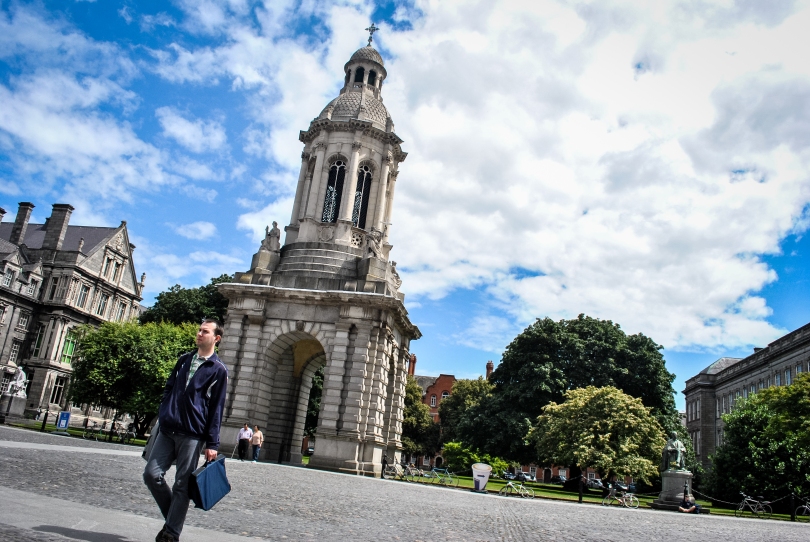
A man hurries past the Trinity College bell tower, one of the most distinguishing landmarks of the university.
LOCATION NOTATIONS
Sorry for that title. I had to.
Today, my friend and I took a three-hour walking tour of the city, which started at Dublin Castle and ended at St. Stephen’s Green in the city center. Visiting such sites as Christ Church Cathedral, Johnathan Swift’s house, Trinity College, the Wolfe Tone statue and Temple Bar, we learned a lot about the history of the city, including its Viking origins, its many famous writers and the devastating potato famine in the 19th century. This free tour by Sandeman’s was probably the best way to see a lot of the major tourist attractions in the city center. It might be three hours long, but it actually does not involve a lot of walking. It’s a lot of standing or sitting and listening to a wonderfully entertaining tour guide paint vivid pictures of Irish history. It’s wonderful; it really is.
Our tour guide was quite funny, but not exactly because he meant to be. He said he’d done the pub crawl his tour company offers one too many nights in a row, so he was having trouble forming words and sentences because he was speaking so quickly. He was very animated and gave a lot of information, connecting a lot of dots throughout Irish history, and his speech didn’t get bad until the tail end of the tour, after he’d been talking for three hours straight with no water. He could not string two words together and kept mispronouncing things because his throat was so dry, and he tried valiantly to continue, but I lost it. I was laughing so hard–as was he and other tour members–that I was crying. Our guide ended the tour right then and there, a few minutes early, sending everyone away laughing. That was probably the best part of the whole tour.
My friend and I ended the day by taking in a Riverdance show at the Gaiety Theater. We sat in the nosebleed seats way up high, but the show was worth every penny, with its stunning production that included Irish dancing, tap dancing, singing and a lot of Irish music. It’s like Braveheart the musical (even though Braveheart was technically set in Scotland). All around superb.
A Day at the Zoo
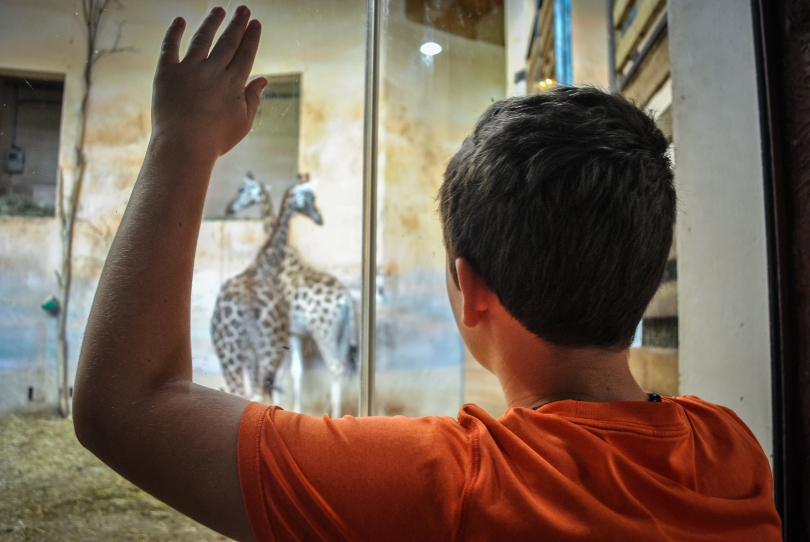
Cameron, one of my professor’s sons, leans up against the glass wall of the giraffe habitat, calling to the two giraffes inside to come closer.
LOCATION NOTATIONS
I spent the entire day at the Prague Zoo with my professor’s wife, two sons and one of my classmates. Everyone else in the program has already gone home, most before 9 a.m., but one classmate and I aren’t leaving until tomorrow night, so our professor’s family invited us to spend the day with them.
This was a really special day for me because I got to be around family for a few hours. I miss mine so much, so it was really nice to spend time with a surrogate mother and younger brothers, which is really what our professor’s family became to all of us in the program. The kids were funny, charming, well-behaved, kind and so much fun to be around. Our professor’s wife was comforting, funny, talkative and giving. I’m so glad I got to spend an extra day with them.
The Prague Zoo is huge. We were there for seven hours and still didn’t see everything. My favorite part of the zoo is the funicular up to the top of the hill on which the horse, camel, buffalo and elephant habitats rest. The funicular was like a ski lift, with single seats that had just a chain that went across your lap. There was a net underneath the lift; I wouldn’t have been able to ride it otherwise. We saw all sorts of animals: owls, eagles, lizards, horses, elephants, giraffes, flamingos, tigers, cheetahs, gorillas, moose, wolves, bison, antelope, polar bears, and so much more I can’t remember. It was wonderfully educational to be exposed to so many different animals from all over the globe.
Soap and Water at Old Town
LOCATION NOTATION
Old Town square is a wonderfully vibrant part of Prague. It’s mostly tourists who wander around the square, pausing to enjoy the various talents of the street performers or lounging in shaded patios with cold beers. I’ve been to Old Town Square so often–I’ve been in Prague for more than three weeks now (!)–but it never really gets…old (see what I did there?). Something new and different is always going on, and there are various museums and attractions in the Square, like the Alfons Mucha exhibit or climbing the Astronomical Clock Tower for more stunning panoramic views of the sprawling city. One of the best things to do in Old Town Square, however, is enjoy the diverse street shows.
One of the most popular street performances in Prague, for children especially, are the bubble magicians, who hold up a string tied between two sticks, dip the string in soapy water and then blow huge bubbles that drift through the air, until they pop with a big splash over the crowd. The bubble magician will usually choose certain members of the audience, usually children, and direct the bubbles their way so that the bubbles pop over them. The children in the above picture were having the time of their lives jumping up to pop the bubbles, screaming when it burst with a soapy explosion in their faces. Their smiles were pure joy.
Best Budapest III
LOCATION NOTATION
In central Pest, St. Stephen’s Basilica towers above the tiny humans who stare up at its peaks in awe. Completed in 1905 after 54 years of construction, the behemoth church was named after the first king of Hungary, Saint Stepehen I of Hungary (c 975–1038), whose right hand is housed in the church’s reliquary. At 96 meters, the church is the second tallest building in Budapest and matches the height of the Hungarian Parliament Building, symbolizing the Hungarians’ emphasis on both spiritual and worldly thinking. It is one of the most important Roman Catholic churches in all of Hungary.
This church was one of the tourist attractions I did not want to miss in Budapest. While I regretfully did not have the time to tour the inside of the church, it was enough to stand outside it, in awestruck wonder at both the stunning architecture and its religious significance in honoring God.
The basilica was so tall, I shuffled backward and stared up through my viewfinder only to realize I had to shuffle back even more. Finally, I sat on the hot concrete and put my camera low to the ground and shot up. It was funny to watch other tourists realize they had to back up, too–the church was too tall for their point-and-shoot lenses to capture unless they moved backward and stared from the ground up.
And so ended my whirlwind tour of Budapest. After witnessing the intimidating majesty of St. Stephen’s Basilica early on a Sunday morning, with its bells ringing over the city, I said goodbye to an exciting weekend in a wonderfully rich and vibrant city. I definitely plan on returning, if at the very least to go inside St. Stephen’s Basilica.
